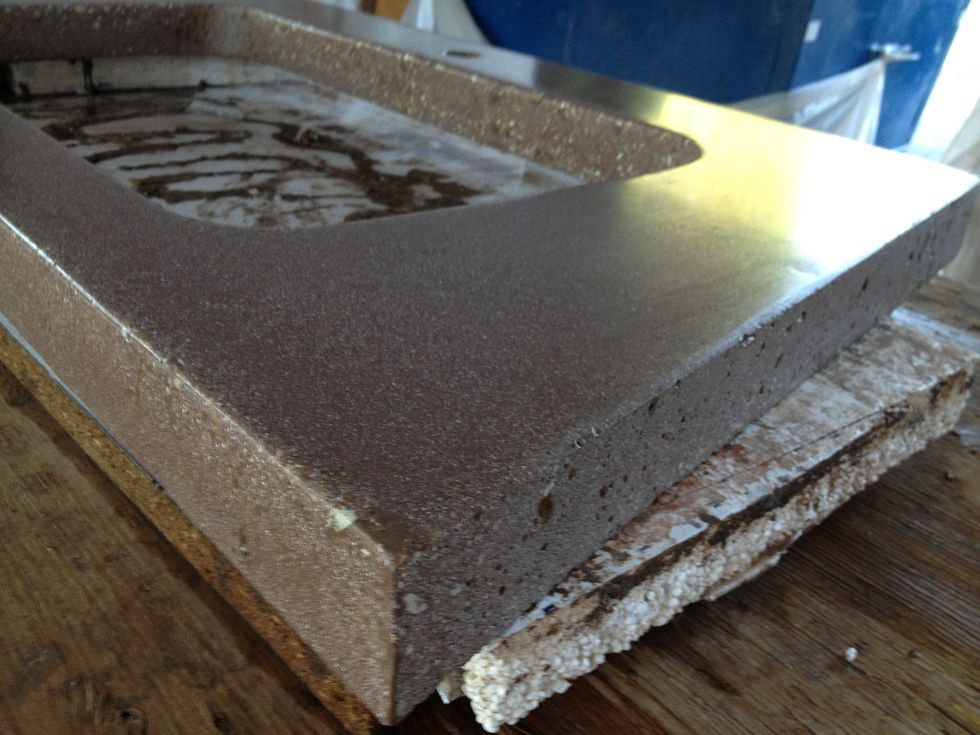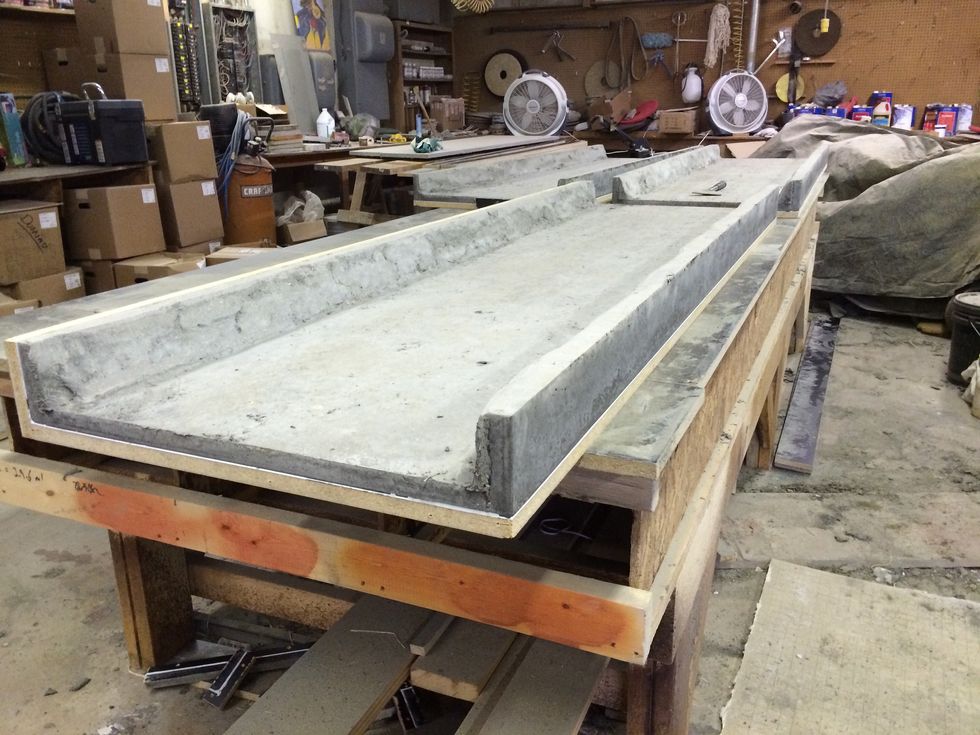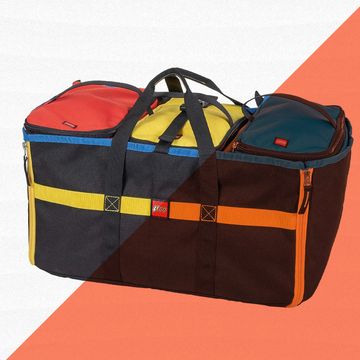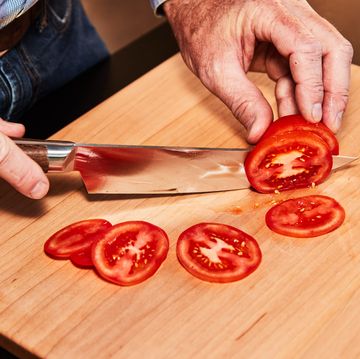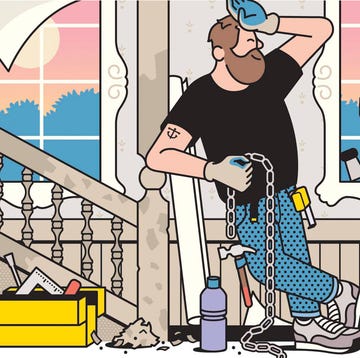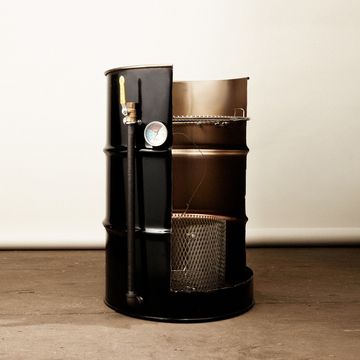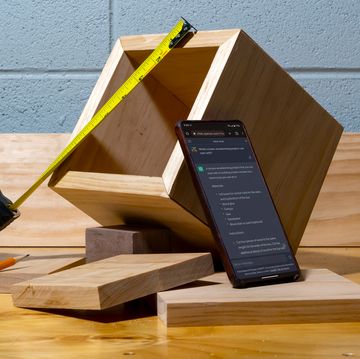Concrete countertops are just one of the many kitchen countertop options to choose from. You can purchase precast counters from fabricators that are cured and finished in a workshop and which can be delivered straight to your kitchen for install. Or you can do the job yourself by creating your own molds and curing your counters at home.
Concrete Countertop Design
Kitchens with a modern design—lots of smooth surfaces and flat faced cabinets—tend to work well with concrete countertops. The beauty of these countertops is that they make a subtle design statement and can work with many different kitchen styles. Their timeless/utilitarian aesthetic (probably) won't become dated like some other countertop materials–looking at you dark granite. Also, concrete does not mean you are stuck with the color gray, as there are a variety of different colored countertop options, especially if you are going to buy them from a fabricator.
With the advent of quick drying concrete like Quikrete, you can pour and cure your own concrete countertops without waiting weeks for them to cure. DIY concrete countertops won't be as smooth as something you'd buy from a pro, but you'll save hundreds on materials and labor–concrete countertops can run $85-$100 per square foot–as well as learn something in the process.
DIY Concrete Countertops
To build your own concrete countertops, you'll need to assemble the tools and materials for making your molds as well as for mixing, setting, and curing the concrete. Quikrete 5000 is easy to work with, just make sure you buy the correct amount for your project and stick to the recommended water-to-concrete ratio. The goal is to have as smooth a surface as possible to prevent dirt and food particles from catching in holes as well as to give your countertops a finished look.
To prevent your countertops from cracking, place a steel mesh in the center of your countertop as you are pouring them. This will serve the same purpose as the rebar you see in foundations and will provide your countertops with extra strength.
The YouTube channel Homemade Modern, shares its step-by-step process for installing DIY concrete countertops in the video below. They suggest using melamine to make the countertop molds as they have a very smooth surface which will prevent bubbles and air from drying in the surface of the concrete.
The process of building your mold for installing a sink just requires making an inset that fits the size needed for your sink opening. Your sink will drop in on your countertop frame and the concrete countertop will rest on top. After curing, the countertop will be very heavy, so grab some friends to help you lift it and secure it in place. You can use liquid nails to secure the countertop to the frame which will prevent it from shifting.
The final step is to apply a concrete sealer to your countertop which will protect it from stains, and a final coat of concrete wax to prevent scratches and give it a nice shine.
Concrete countertops shouldn't take more than a few days to make, so you won't be shutting down your kitchen for weeks and when you're done you'll enjoy the satisfaction that comes with building something you'll use and enjoy everyday.

Timothy is a lifelong DIY enthusiast who is fixated on smart home tech, beautiful tools, and wrenching on his FJ62 Land Cruiser. He’s the DIY editor at Popular Mechanics and also the founder of the home improvement site, Charles & Hudson, the Webby-nominated family site, Built by Kids, and Tool Crave. When not working, you’ll find him on his board or bike enjoying the LA weather with his family and friends. Follow him on Instagram and Twitter.

